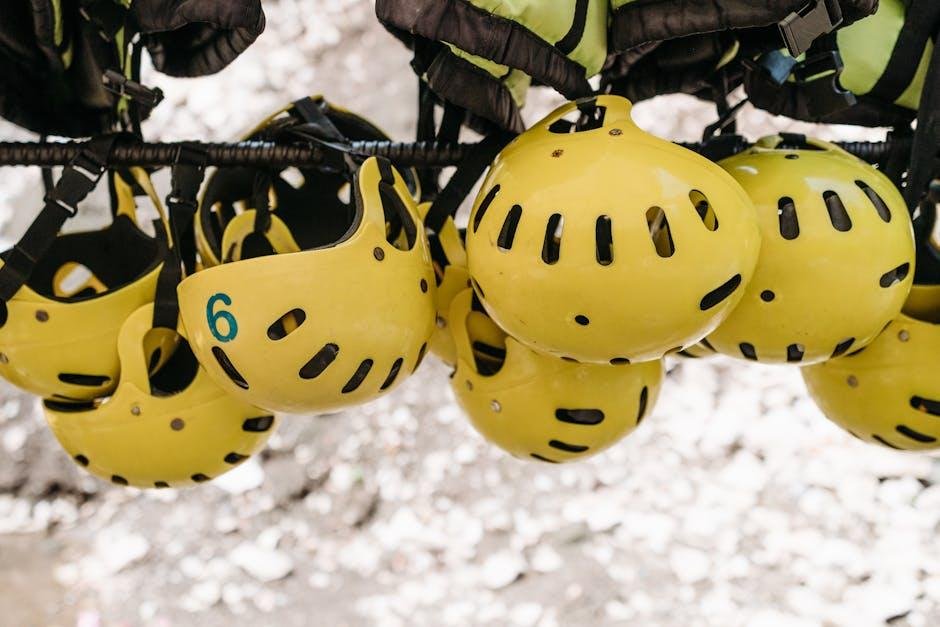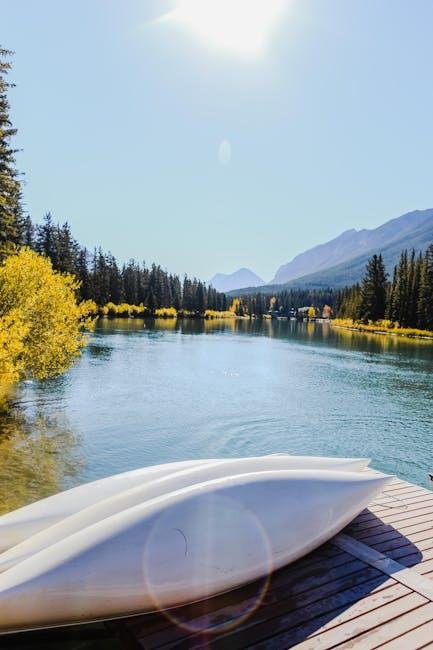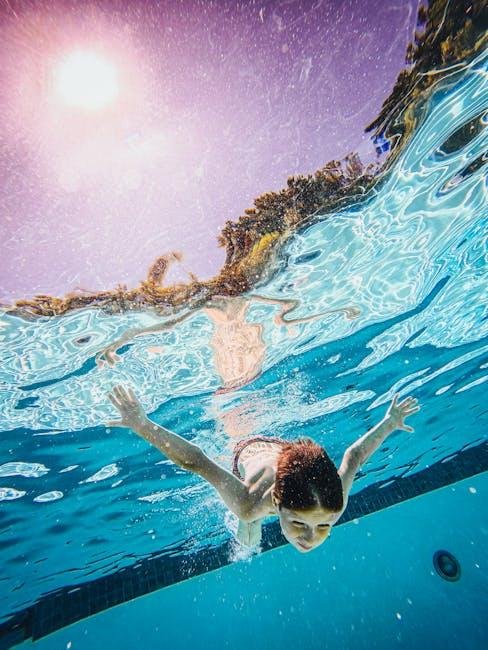As the sun rises over the tranquil waters, casting golden reflections on the surface, the world of kayaking beckons adventurers of all ages. Whether you’re drawn to the serene lakes of your local park or the thrilling currents of wild rivers, paddling offers a unique fusion of exploration, fitness, and connection with nature. However,before you embark on your first kayaking journey,there’s a wealth of knowledge to equip you for success. in this complete guide, we will delve into the essentials of kayaking—from choosing the right equipment and understanding safety protocols to mastering basic techniques. Whether you’re a curious newbie or simply seeking to refresh your skills, this article will provide you with the essential tools you need to navigate your way confidently across the water. So grab your paddle, and let’s set out on this exciting journey into the world of kayaking!
Essential Gear for Every Kayaker
Before you hit the water, ensure you have the right equipment to make your kayaking experience safe and enjoyable. At the top of the list is a personal flotation device (PFD), which is not only a legal requirement in many areas but a critical safety item that can save your life. Choose one that fits snugly and allows for freedom of movement. In addition to a PFD, consider investing in a helmet for whitewater paddling, and don’t forget to pack a whistle to signal for help if needed.
Comfort is key during long hours on the water, so opt for a pair of quality water shoes that provide grip and protect your feet from sharp objects. A dry bag is essential for safeguarding your personal items from water damage, while a first aid kit helps prepare you for minor emergencies. To enhance your on-water experience, think about a kayak cart for easier transport to and from the water. Here’s a handy table summarizing some must-have gear:
| Gear | Function |
|---|---|
| Personal Flotation Device (PFD) | Ensures safety by keeping you afloat |
| Helmet | Protects your head in rough waters |
| Water Shoes | Provides grip and foot protection |
| Dry Bag | Keeps personal items dry |
| First Aid Kit | Ready for minor injuries |
| Kayak Cart | Makes transport easier |

Understanding Different Types of Kayaks
When it comes to kayaks, choosing the right type can enhance your experience on the water significantly. There are several categories to consider, each designed for specific activities and environments. Recreational kayaks are ideal for beginners and casual paddlers, offering stability and ease of use on calm waters. Touring kayaks, on the other hand, are longer and sleeker, perfect for extended trips and rougher waters due to their speed and tracking capabilities. Then, we have inflatable kayaks, which provide portability without sacrificing performance, making them excellent for on-the-go adventurers. Lastly, whitewater kayaks—with their durable build and specialized hull designs—are tailored for navigating fast-moving rivers and challenging rapids.
Choosing the right kayak also comes down to the specific features that cater to your paddling preferences. when considering a kayak, think about:
- Length: Longer kayaks are typically faster and track better, while shorter kayaks offer more maneuverability.
- Width: A wider kayak delivers greater stability, essential for beginners or those paddling on choppy waters.
- Weight capacity: Ensure the kayak can comfortably support both your weight and any gear you plan to bring.
Here’s a speedy comparison table to simplify your decision-making:
| Kayak Type | Best For | Key Features |
|---|---|---|
| Recreational | Beginners, calm waters | Stable, easy to maneuver |
| touring | Long-distance adventure | Speed, storage, tracking |
| Inflatable | Portability, travel | Lightweight, easy to store |
| Whitewater | Rivers, rapids | Durable, nimble, quick turns |

Navigating Water Safety and etiquette
when you hit the water, understanding safety protocols can significantly enhance your kayaking experience. Always wear a personal flotation device (PFD),as it is your first line of defense in the event of an unexpected capsize. Apart from wearing a PFD, ensure you have essential safety gear, such as a whistle for signaling and a bilge pump for removing any water that may collect in your kayak.before you set out, check the weather conditions and familiarize yourself with the body of water you’re navigating. this knowledge can definitely help you avoid hazardous areas and empower you to make informed decisions.
Equally vital is understanding the etiquette of sharing the water with fellow paddlers and boaters. Respect their space and be aware of the “right of way” rules, which state that motorized boats must yield to non-motorized ones, while kayaks should also be considerate of larger vessels. A simple gesture, like making eye contact or giving a wave, can go a long way in fostering a friendly environment. Below are a few key etiquette tips to keep in mind:
- Maintain a safe distance: Avoid crowding other paddlers or boats.
- Stay aware: Remain alert to your surroundings and the movements of others.
- Limit noise: keep conversations and music at a low volume to respect the tranquility of nature.

Techniques to Enhance Your Paddling Experience
To truly enjoy your time on the water, it’s essential to develop a set of techniques that can enhance your paddling experience. Body positioning plays a crucial role; ensure that you sit up straight with your back supported, allowing for better control and power. In addition, experimenting with your grip on the paddle can make a significant difference—hold it lightly to maintain fluidity and reduce fatigue.Pay attention to your paddling rhythm; syncing your strokes with your breathing can create a soothing flow that maximizes efficiency and enjoyment.
In terms of navigation and safety, consider honing your turning techniques.A wide variety of strokes is available, from the classic sweep stroke to the more advanced bow rudder, each one suited to different conditions. Additionally, scouting your route ahead of time can definitely help you anticipate challenges; create a simple table of potential hazards, currents, and points of interest to keep your adventure organized.Incorporating these techniques will not only enhance your skill but also elevate your overall experience on the water.
| Technique | Benefit |
|---|---|
| Body Positioning | Improves control and reduces strain |
| Paddle Grip | Increases fluidity and reduces fatigue |
| Turning Techniques | Enhances maneuverability |
| Route scouting | Prepares for challenges and enhances adventure |
Key Takeaways
As we paddle our way to the conclusion of this kayaking journey, it’s clear that the water beckons with both adventure and tranquility, but planning is the key to unlocking all it has to offer. Whether you’re gearing up for a serene glide across a calm lake or an exhilarating race down a rapid river, knowing the essentials will enhance your experience and keep you safe on the water.
So, as you chart your course into the world of kayaking, remember that the best adventures often begin with a solid foundation of knowledge. Equip yourself with the right gear, understand the water you’ll navigate, and practice essential skills to boost your confidence. You’ll find that with every stroke of your paddle, you not only traverse the beautiful waterways but also discover more about yourself and the great outdoors.
So, strap on your life jacket, grab your paddle, and let your adventure begin—because the water is waiting, and every wave is an opportunity to explore, to connect, and to create unforgettable memories. Happy paddling!
